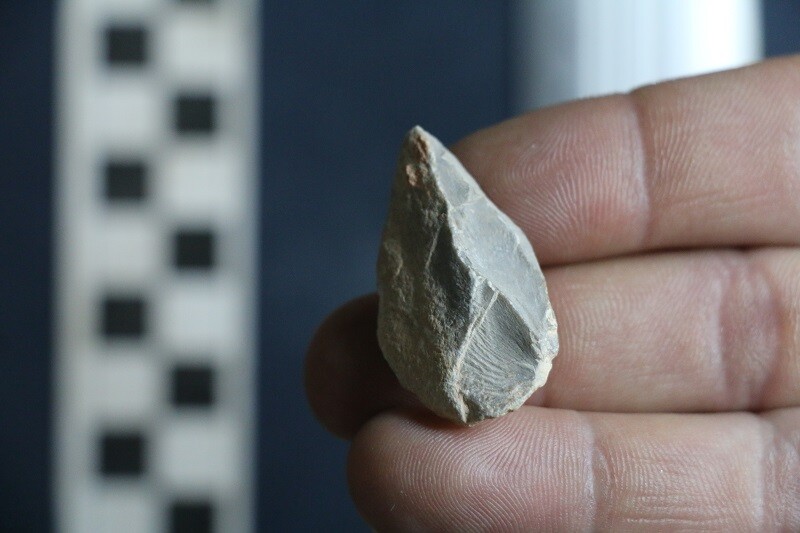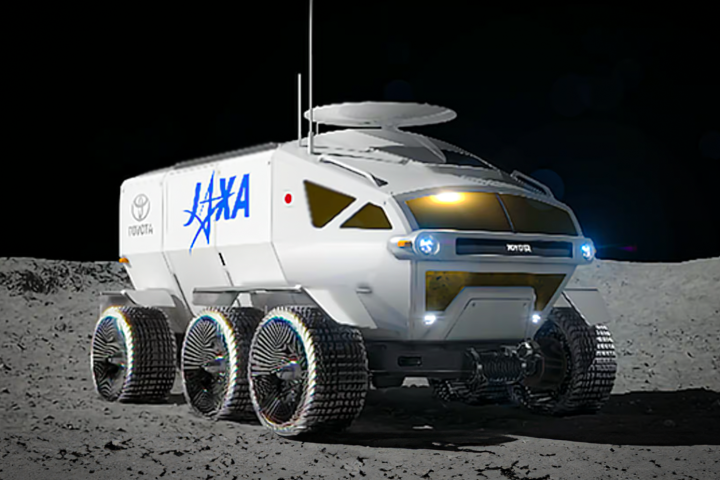It’s generally believed that the Clovis people were the first humans to inhabit the Americas, as long as 15,000 years ago. But now archaeologists have found evidence in a cave in Mexico that suggests humans visited as early as 30,000 years ago – although who they were and where they came from remains a mystery.
For the better part of a century, archaeologists have consistently found stone tools that indicate human presence dating back between 11,000 and 13,000 years ago. The people were dubbed the “Clovis culture” after the town in New Mexico where the first artifacts were discovered.
The Clovis people were believed to have crossed over a land bridge from Siberia to Alaska, which was dry at the time due to the ice age. Later, as the ice melted, they spread southwards through what is now Canada, the US, Mexico, and into South America.
But in the last 20 years, evidence has begun piling up to indicate that humans may have arrived in North and South America even earlier. A recent excavation at a dig site in Texas was dated to be potentially as old as 20,000 years.
And now, the story may begin even earlier than that. A new study describes an archaeological dig at Chiquihuite Cave in northern Mexico, where evidence suggests human occupation as far back as 30,000 years ago.

Over the past 10 years of excavations, scientists have recovered almost 2,000 stone tools and fragments. By analyzing the tools and the DNA in the sediment around them, the researchers were able to date them to between 25,000 and 30,000 years ago.
The team found DNA from a range of plants and animals including black bears, rodents, bats, voles, and kangaroo rats. Interestingly though, no human DNA was found, suggesting that the owners of these tools didn’t stick around for long periods.
“These early visitors didn’t occupy the cave continuously, we think people spent part of the year there using it as a winter or summer shelter, or as a base to hunt during migration,” says Professor Eske Willerslev, co-lead researcher on the study. “This could be the Americas’ oldest ever hotel.”
The team says that this discovery will likely require a rewrite of the history of humans inhabiting the Americas. But at the moment, we don't really know much about these early inhabitants.
“We don’t know who they were, where they came from or where they went," says Ciprian Ardelean, co-lead author of the study. “They are a complete enigma. By the time the famous Clovis population entered America, the very early Americans had disappeared thousands of years before. There could have been many failed colonizations that were lost in time and did not leave genetic traces in the population today.”
As big a leap as this new study represents, it's still a bit easier to swallow than other more controversial studies, which have suggested humans arrived in North America as early as 130,000 years ago. Regardless, further excavations and analyses should help uncover more pieces of the puzzle.
The new study was published in the journal Nature. The team describes the work in the video below.
Source: St John’s College






